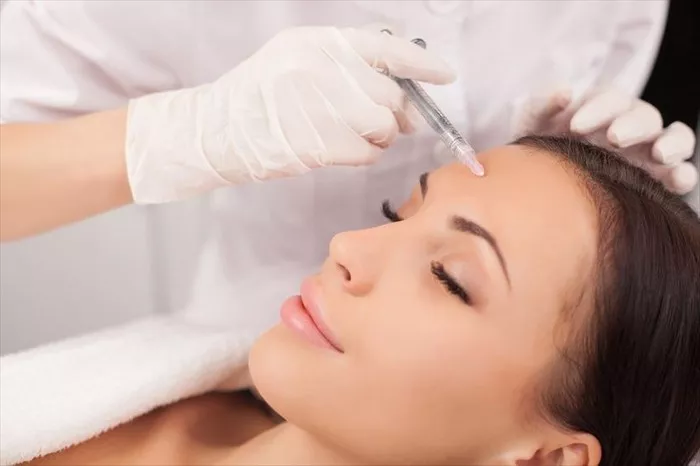Facial fat transfer, also known as fat grafting or fat injection, is a cosmetic procedure that involves transferring fat from one area of the body to the face to restore volume, improve contour, and rejuvenate the appearance. One common question that arises regarding facial fat transfer is how long the results last. In this article, we will explore the longevity of facial fat transfer and provide insights into the factors that can influence the duration of results.
Understanding Facial Fat Transfer
Facial fat transfer is a two-step procedure. First, fat is harvested from donor sites on the body, such as the abdomen, thighs, or buttocks, through liposuction. The harvested fat is then processed and purified before being injected into specific areas of the face, such as the cheeks, temples, lips, or under-eye area, to restore volume and enhance facial contours. The procedure is a popular choice for those seeking a natural and long-lasting solution to facial volume loss.
Factors Influencing the Longevity of Facial Fat Transfer
Several factors can influence how long the results of facial fat transfer last. These factors include:
-
Technique and Expertise
The technique used during the fat transfer procedure can impact the longevity of results. Skilled surgeons who specialize in facial fat transfer employ precise and meticulous techniques to ensure a high survival rate of the transferred fat cells. By carefully injecting the fat into the targeted areas and ensuring proper blood supply, the longevity of the results can be enhanced.
-
Individual Metabolism
The individual’s metabolism plays a role in the longevity of facial fat transfer. While a portion of the transferred fat cells may not survive the transfer process, the surviving fat cells establish a new blood supply in the face. However, as with natural fat in the body, these cells can be subject to the effects of individual metabolism, which may cause some gradual loss of volume over time.
-
Lifestyle Factors
Lifestyle choices can also impact the duration of results. Factors such as smoking, excessive alcohol consumption, poor diet, and significant weight fluctuations can affect the overall condition and longevity of the transferred fat cells. Maintaining a healthy lifestyle, including regular exercise and a balanced diet, can help optimize the survival of the transferred fat cells.
-
Age and Genetics
Age and genetics can influence the longevity of facial fat transfer. Younger individuals may experience longer-lasting results due to their higher collagen and elastin production, which supports the survival and integration of the transferred fat cells. Additionally, individual genetics can play a role in determining the rate at which the body absorbs and metabolizes fat cells.
-
Sun Exposure and Skincare
Excessive sun exposure and inadequate skincare can impact the longevity of facial fat transfer. Prolonged exposure to ultraviolet (UV) rays can accelerate the breakdown of collagen and elastin, which can affect the overall appearance and volume of the face, including the transferred fat cells. It is essential to protect the skin from the sun’s harmful rays by using sunscreen, wearing protective clothing, and practicing proper skincare.
Expected Duration of Results
The longevity of facial fat transfer can vary among individuals. While some patients may experience long-lasting results for several years, others may notice some gradual volume loss over time. On average, the results of facial fat transfer can last anywhere from several months to several years. In some cases, touch-up procedures may be recommended to maintain the desired level of volume and contour.
Tips to Enhance Longevity
To optimize the longevity of facial fat transfer results, consider the following tips:
- Follow Post-Procedure Instructions: Adhere to the post-operative instructions provided by your surgeon. These instructions may include avoiding excessive sun exposure, refraining from smoking, and following a healthy lifestyle.
- Maintain a Good Skincare Routine: Establish a consistent skincare routine that includes proper cleansing, moisturizing, and sun protection. Consult with a skincare professional for personalized recommendations.
- Protect Your Skin from the Sun: Protect your skin from harmful UV rays by wearing sunscreen with a high SPF, seeking shade during peak sun hours, and using protective clothing and accessories.
- Healthy Lifestyle Habits: Adopt a healthy lifestyle that includes regular exercise, a balanced diet, adequate hydration, and limited alcohol consumption.
- Consult with Your Surgeon: Schedule regular follow-up visits with your surgeon to assess the longevity of your facial fat transfer and discuss any concerns or potential touch-up procedures.
Conclusion
Facial fat transfer is an effective technique for restoring volume and rejuvenating the face. While the longevity of the results can vary among individuals, factors such as technique, individual metabolism, lifestyle choices, age, genetics, sun exposure, and skincare routines can influence the duration of the effects. By understanding these factors and following appropriate guidelines, you can optimize the longevity of your facial fat transfer results and enjoy a rejuvenated appearance for an extended period. Consult with a qualified plastic surgeon to determine if facial fat transfer is the right option for you and to receive personalized advice regarding the expected duration of results based on your specific circumstances.


